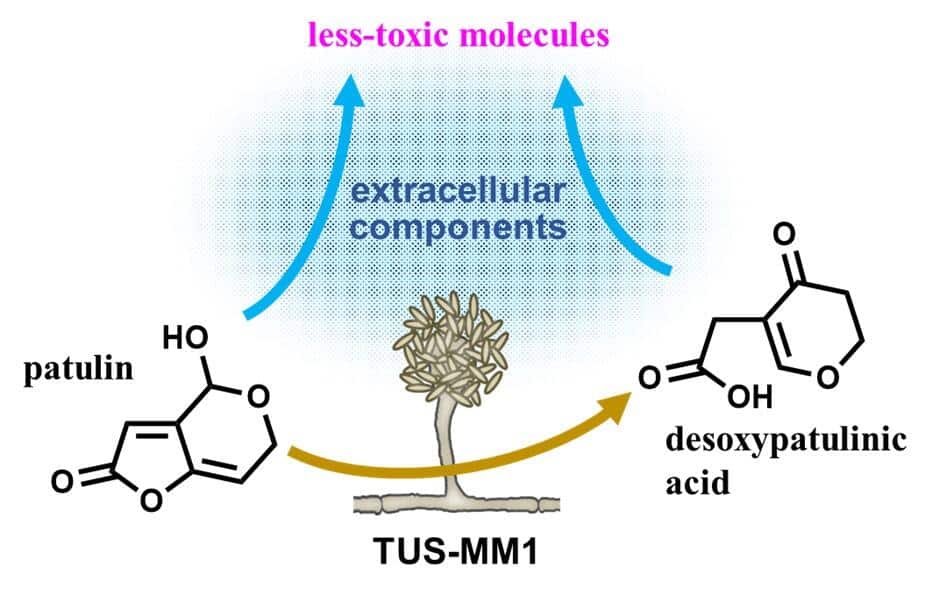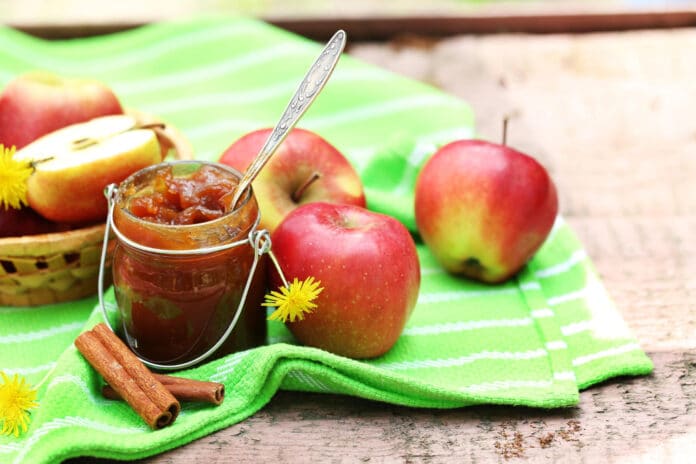Researchers have found a particular type of fungus that can make a dangerous substance called patulin less harmful. Patulin is a toxin produced by certain fungi, and it cannot be suitable for people, animals, plants, and tiny living things. It often appears in food not made very cleanly, like damaged or old fruits, especially apples. Even apple products like applesauce, apple juice, jams, and cider can contaminate with patulin.
Patulin can cause many health problems, like making you feel sick, lung problems, hurting your stomach, and even causing severe damage to your DNA, weakening your immune system, and increasing the chances of getting cancer. Because of this, many countries have rules about how much patulin is allowed in food, especially baby food, since babies can get sick more quickly. Researchers have found a fungus that can help eliminate this harmful patulin.
Doctors use different methods like oxygen therapy, immunotherapy, detoxification therapy, and nutrient therapy to treat patulin poisoning. But it’s better to stop the problem before it happens. Researchers, including Associate Professor Toshiki Furuya from Tokyo University of Science in Japan, have been trying to find ways to prevent patulin from being harmful in food.
They studied soil microorganisms from 510 different soil samples in places with lots of patulin. They wanted to find ones that could live with the toxin. Then, they used a unique tool called high-performance liquid chromatography to see which ones were best at changing patulin into less harmful chemicals. They found a type of mold called Acremonium sp., also called “TUS-MM1,” that could do this.
They did more experiments to figure out how TUS-MM1 changes patulin. They put the mold in a solution with patulin. They watched what happened to the chemicals inside and outside the mold cells over time.
A significant discovery was that when TUS-MM1 cells absorbed patulin, they converted it into desoxypatulinic acid. This transformation involved adding hydrogen atoms to patulin, turning it into a much less harmful compound than it originally was.
Dr. Furuya said, “When we started this research, only one other filamentous fungal strain had been reported to degrade patulin. However, no degradation products had ever been identified before the present study. To our knowledge, TUS-MM1 is the first filamentous fungus shown to be capable of degrading patulin into desoxypatulinic acid.”
Furthermore, the researchers discovered that some substances produced by TUS-MM1 cells could change patulin into different molecules. When they mixed patulin with these substances and used HPLC, they saw that patulin turned into various new substances. Importantly, when they tested these new substances on E. coli bacteria, they found they were much less harmful than patulin. They also found that a particular chemical outside the cells changed patulin.

Ultimately, this study’s findings bring us closer to finding better ways to keep patulin levels low in food. Dr. Furuya thinks that understanding how microorganisms can break down patulin could help us understand nature better and use these microorganisms to make food safer.
This research will likely lead to future safer fruit-based foods and drinks!
Journal Reference:
Megumi Mita, Rina Sato, et al., Isolation and characterization of filamentous fungi capable of degrading the mycotoxin patulin. MicrobiologyOpen. DOI: 10.1002/mbo3.1373.
